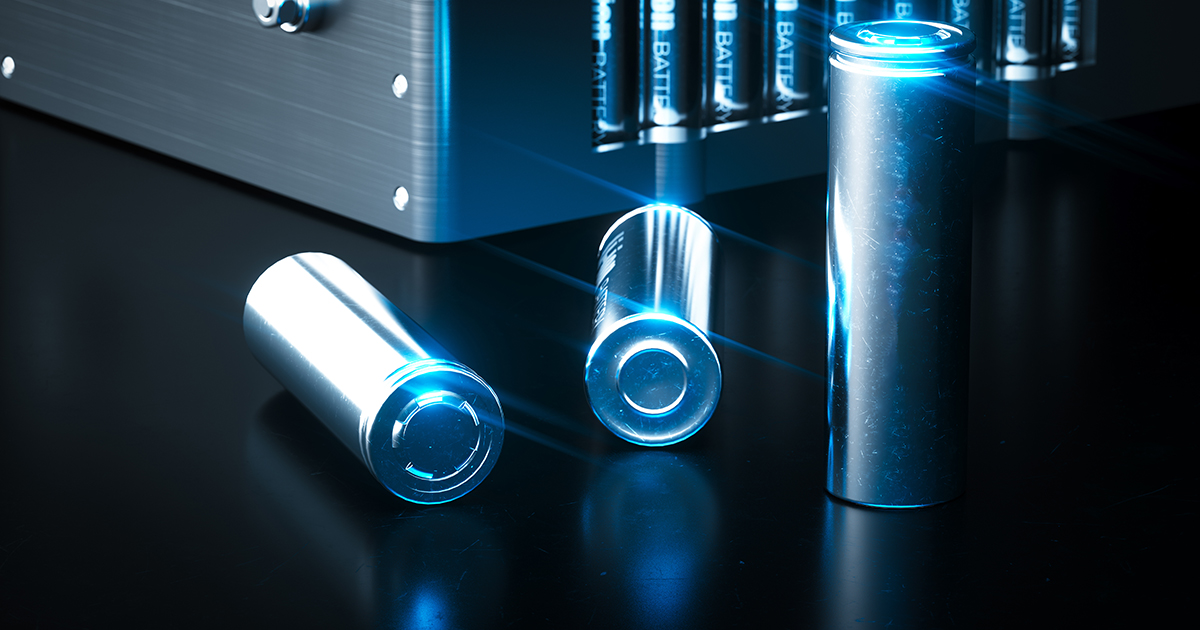Advanced Electrode Materials for Emerging Post-lithium Metal-Ion Batteries
A special issue of Batteries (ISSN 2313-0105). This special issue belongs to the section "Battery Materials and Interfaces: Anode, Cathode, Separators and Electrolytes or Others".
Deadline for manuscript submissions: closed (20 January 2023) | Viewed by 258314

Special Issue Editor
Interests: batteries; electrochemistry; first-principles calculations
Special Issues, Collections and Topics in MDPI journals
Special Issue Information
Dear Colleagues,
As a potential replacement for lithium-ion batteries, post-lithium-ion battery chemistries such as Na+, K+, Mg2+, Ca2+, Zn2+, and Al3+ with high energy densities have promised to meet the increasing demand for safe and sustainable energy storage applications. Discovering new cathode materials, unraveling their electrochemical mechanisms, and improving their performances are of great interest. Therefore, we are inviting papers in this Special Issue of Batteries which endorse current progress on this topic that focus on the development, improvement, and characterization of cathode materials for emerging post-lithium metal-ion batteries. We accept original research articles and reviews presenting experimental and computational studies of cathode materials for post-lithium metal-ion batteries.
Dr. Muhammad Hilmy Alfaruqi
Guest Editor
Manuscript Submission Information
Manuscripts should be submitted online at www.mdpi.com by registering and logging in to this website. Once you are registered, click here to go to the submission form. Manuscripts can be submitted until the deadline. All submissions that pass pre-check are peer-reviewed. Accepted papers will be published continuously in the journal (as soon as accepted) and will be listed together on the special issue website. Research articles, review articles as well as short communications are invited. For planned papers, a title and short abstract (about 100 words) can be sent to the Editorial Office for announcement on this website.
Submitted manuscripts should not have been published previously, nor be under consideration for publication elsewhere (except conference proceedings papers). All manuscripts are thoroughly refereed through a single-blind peer-review process. A guide for authors and other relevant information for submission of manuscripts is available on the Instructions for Authors page. Batteries is an international peer-reviewed open access monthly journal published by MDPI.
Please visit the Instructions for Authors page before submitting a manuscript. The Article Processing Charge (APC) for publication in this open access journal is 2700 CHF (Swiss Francs). Submitted papers should be well formatted and use good English. Authors may use MDPI's English editing service prior to publication or during author revisions.
Keywords
- cathode materials
- surface coating
- defect chemistry
- post-lithium metal-ion batteries (Na+, K+, Mg2+, Ca2+, Zn2+, Al3+)
- characterization techniques
- density functional theory





